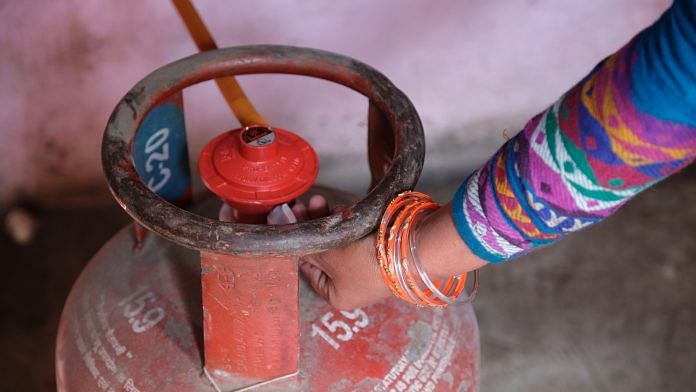The Narendra Modi government unveiled its ambitious asset monetisation framework earlier this week, presenting a comprehensive roadmap to lease out public assets to the private sector.
Predictably, this move has invited the Opposition’s wrath with political parties slamming the government for selling off India’s assets.
After the privatisation plan, asset monetisation is perhaps the Modi government’s most ambitious plan to reduce its presence in many sectors. The implementation of the monetisation plan will also be perhaps the most challenging task for the Modi government in the coming years. This is why the Rs 6 lakh crore asset monetisation plan is ThePrint’s Newsmaker of the Week.
What’s at stake
Finance Minister Nirmala Sitharaman unveiled the government’s plan to lease out infrastructure like roads, railway trains and stations, gas and oil pipelines, power transmission lines, warehouses and sports stadiums to the private sector for a long tenure. Other assets that are lined up to be monetised include airports, urban real estate, telecom and ports.
The asset monetisation plan, spread over four years till 2024-25, involves leasing out 20 types of brownfield assets – those that are already built on government-owned land – to the private sector in return for lump sum or periodic payments. The Modi government is mainly banking on monetising its road and railway assets.
Together, these two will contribute to more than half of the monetisation target set by the government.
Also read: Not selling govt land, assets: FM Sitharaman on Rs 6 lakh crore asset monetisation pipeline
Strategy for criticism
To ensure that the momentum for asset monetisation continues, the government has chalked out a detailed monitoring strategy including regular reviews by the cabinet secretary and quarterly reviews by the finance minister. To be sure, the government has been aggressively monetising public assets in the roads and airport sector over the last few years. But this is the most comprehensive plan it has put together to date to earn more revenue from the assets.
Perhaps anticipating opposition to its move from various quarters including from political parties and trade unions, Sitharaman and top officials from Niti Aayog repeatedly stressed that the government was not selling off the land or assets. Instead, it was leasing them out with clauses of mandatory hand back inserted into contracts. They also stressed that this move will unlock the economic value of the assets, bring in efficiency and lead to job creation.
But this did not stop the criticism. The Opposition was quick to accuse the government of using this route to bestow favour to some select industrialists. The Congress, led by its leaders Rahul Gandhi and P. Chidambaram, said the government is gifting India’s crown jewels built over 70 years to a select few industrialist friends. They also highlighted the adverse effects of the monetisation plan for jobs of people employed in these sectors.
सबसे पहले ईमान बेचा और अब…#IndiaOnSale
— Rahul Gandhi (@RahulGandhi) August 25, 2021
Also read: What is the best asset monetisation plan? Modi govt can learn important lessons from Australia
Focus area moving forward
The Modi government may have to worry more about its own implementation capabilities rather than the opposition it faces from various quarters.
And it will be not just about meeting timelines and the annual targets set for monetisation. The asset monetisation plan, if not implemented with proper due diligence and adequate safeguards, could very well encourage crony capitalism and concentration of India’s assets among a few. It could also lead to a sharp increase in user charges for the end consumers.
The government will need to ramp up its implementation and monitoring capabilities.
It will have to ensure watertight contracts with the private sector companies with clear timelines on the ‘mandatory hand back’ of the assets. The expected quality of the service delivered, such as the upkeep, maintenance and the redevelopment of the assets, will have to be spelt out clearly. In addition, the Modi government will have to find a way to ensure that the levy of user charges is not exorbitant, leading to exclusion of users, and remains reasonable and affordable for all. This is because some of the infrastructure listed aren’t only used by the relatively well-off.
For instance, unlike airports, roads and railways are used by all including the poor, and the charges levied in terms of tolls, fares, station entry fee and for using public conveniences will have to always take that into account.
Another example is that of sports stadiums spread across the country. Leasing out sports stadiums to private companies is bound to increase the user charges for those availing the facilities at these stadiums. The government will have to take steps to ensure that sportspersons are able to use the facilities at affordable prices.
At the end of the day, the success of this ambitious monetisation plan will not be gauged by how much money the Modi government collects. Instead, it will be measured by the quality of the infrastructure available and whether they remain affordable to the masses.
Views are personal.
(Edited by Prashant Dixit)






